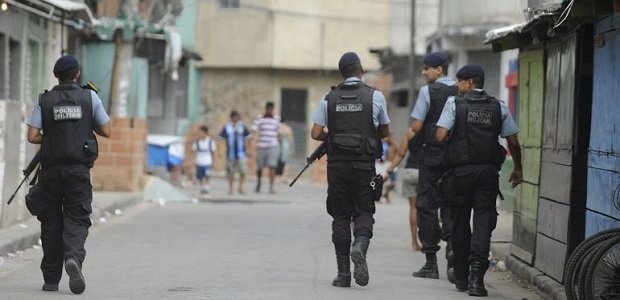Rio de Janeiro state governor, Cláudio Castro, sanctioned a law that authorizes the transfer of firearms and ammunition seized in operations to the Civil and Military Police. The items, provided they are in good condition, can be incorporated into the arsenals of the two security forces. This equipment, which still includes parts and components of weapons, however, can only be used for training, qualification, and recycling of officers.
This Content Is Only For Subscribers
To unlock this content, subscribe to INTERLIRA Reports.
How It Works
According to the new law, after the apprehension by the Civil or Military police, an expert report must be prepared, and the competent judge will forward the weapons and ammunition to the Army Command, as provided for in the federal law of 2003. After this, the corporation will have a period of ten days to request the Army Command to donate the apprehensions.
The application must contain the list of items, the quantity requested and the justification for the need to use what was mentioned. With authorization, the equipment can be incorporated into the police assets. Then, they must undergo a thorough inspection and will be used exclusively for the training, qualification, and recycling of officers.
Record in Rifles Seizure
According to data released by the state government, in April, Rio de Janeiro broke a record by seizing the highest number of rifles in the last 16 years. In the first quarter of this year, between January and March, 212 rifles were seized, which corresponds to more than two per day. Which represents an increase of 57% compared to the same period last year.
Currently
Currently, all firearms, even if in good condition for use, are destroyed after going through the process carried out with the Army.
Our Analysis:
The idea of incorporating weapons seized into the arsenal of the two state police forces is to preserve the weapons and ammunition assigned to the officers to be used only in real operation. Experts point out the need for equipment to be in good working condition and to be the same or similar to the ones used by police forces so that, then, they can integrate the officers’ training arsenal. Therefore, weapons donated or seized often do not fit this pattern. It is not possible to train with a weapon that has nothing to do with the weapon that will be used later in police work. Then the absorption capacity would be limited. And with that, the economic impact is also limited. In addition, another conclusion that could be drawn from the data presented above is that criminals are likely to be having access to more weapons. This occurs because the increase in the number of apprehensions is generally driven by a larger number of weapons circulating than an increase in police efficiency.
Source: O Globo




